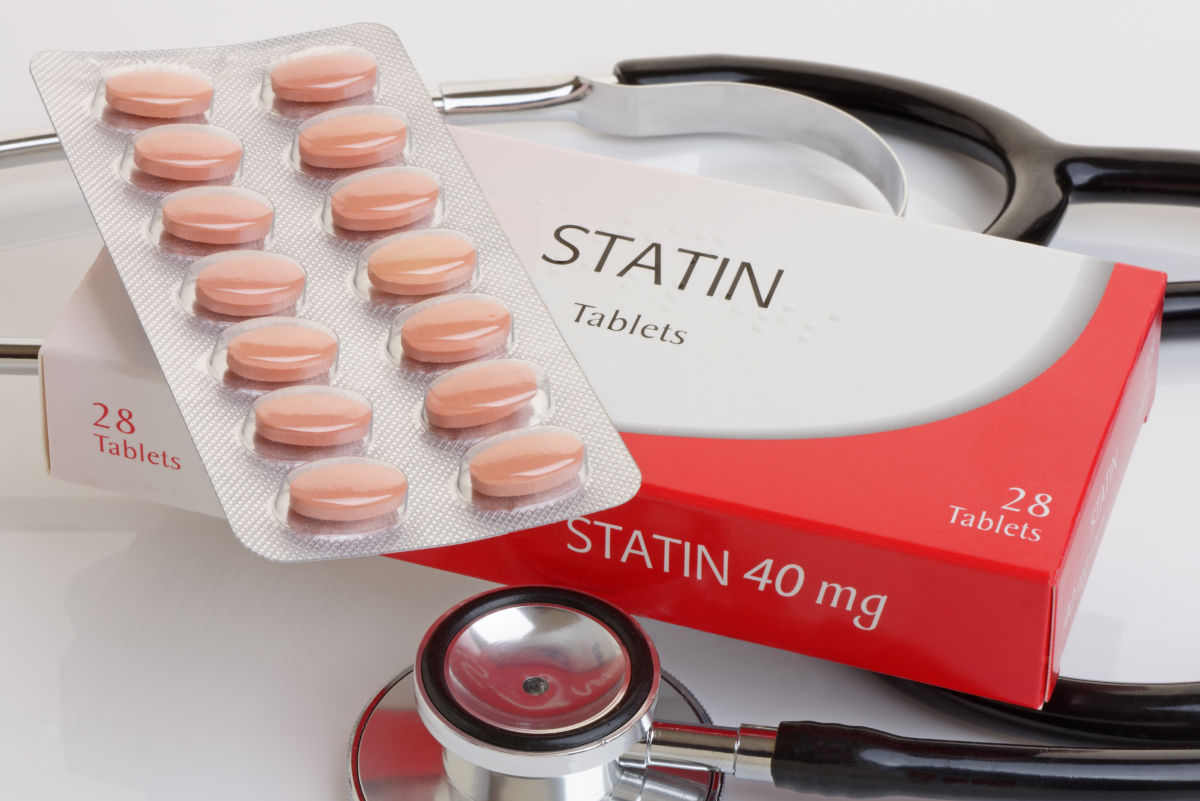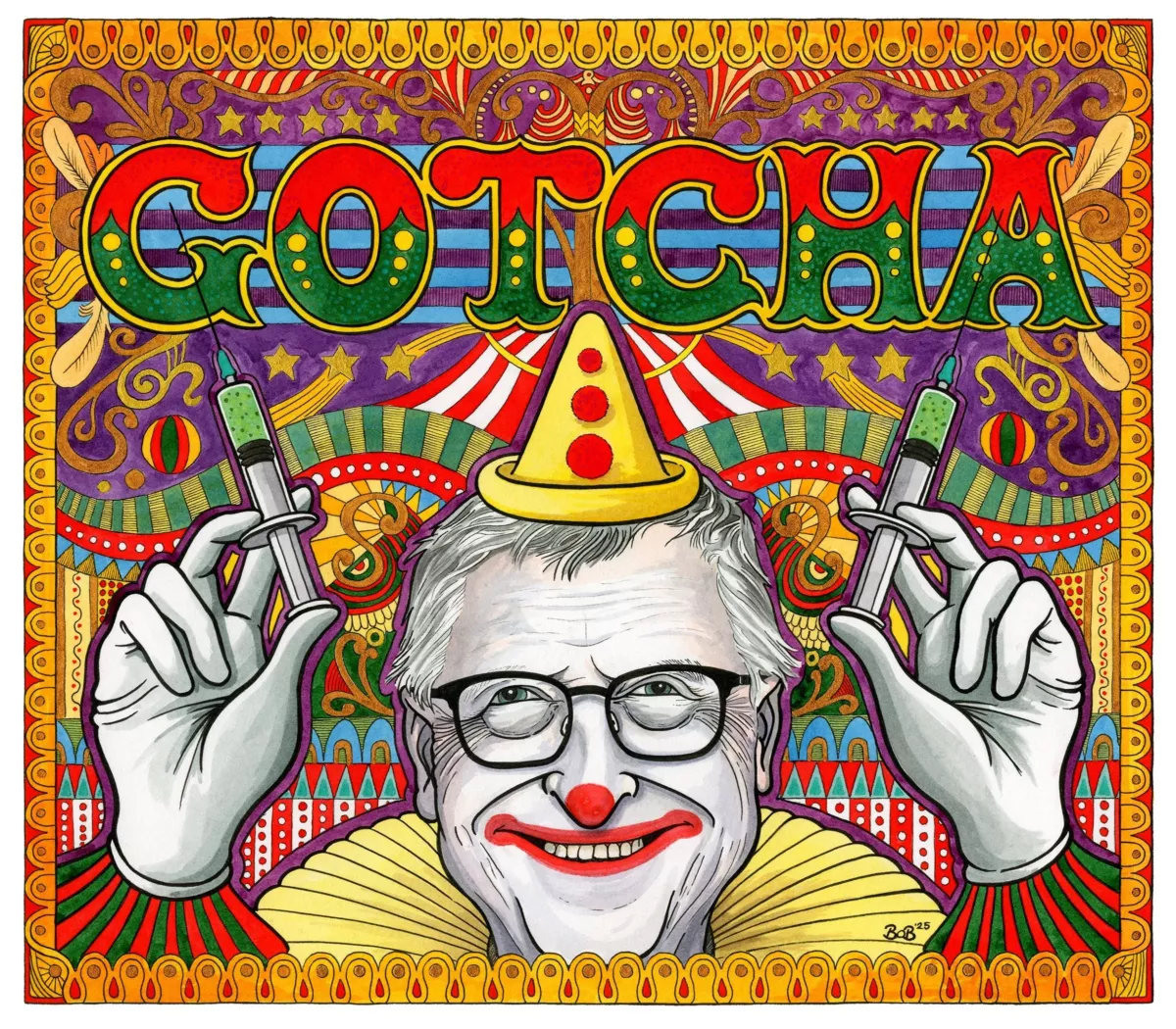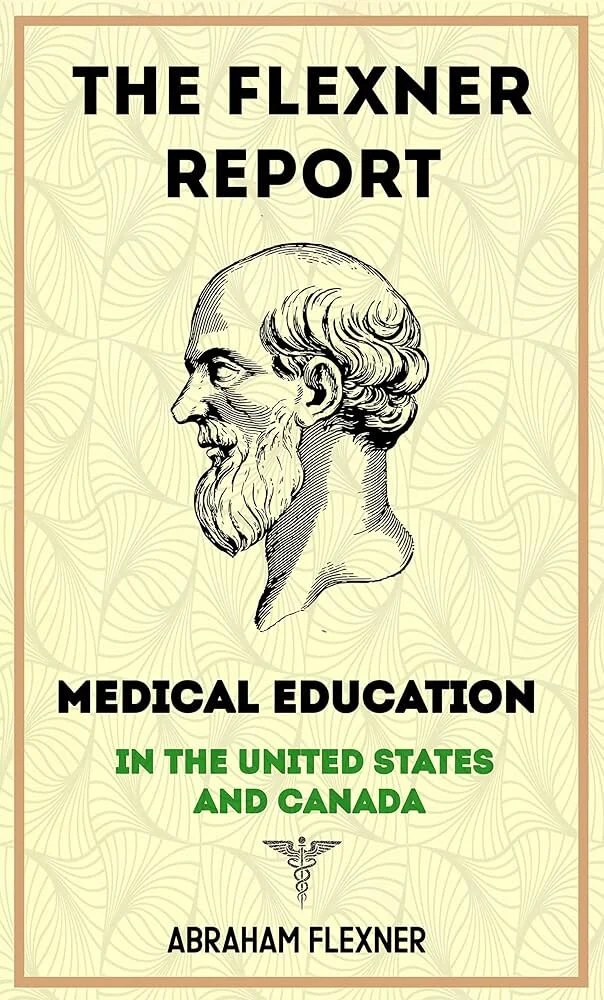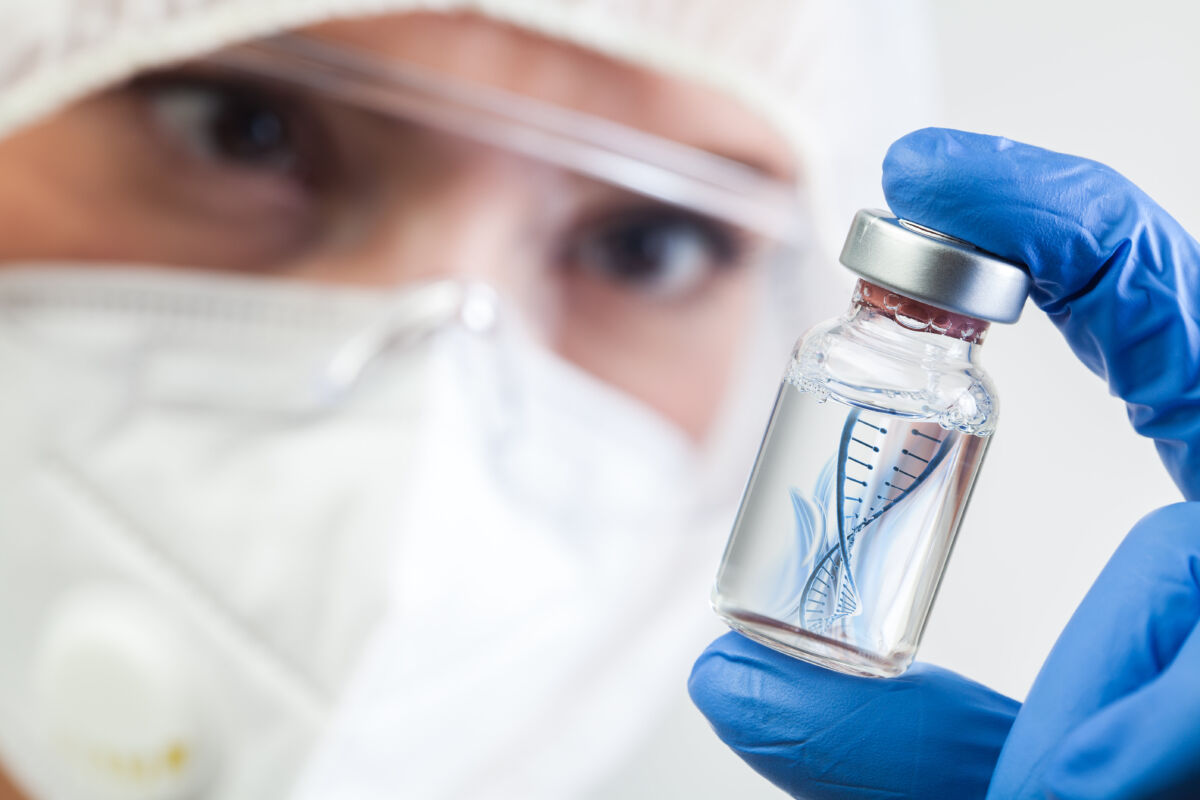Statins and Accelerated Aging
By Remnant MD
remnantmd.com
When I started reading and thinking critically about all the fraud I was sold as “fact” during my training, I did not foresee spending so much of my time harping on statins.
Part of the reason why it has turned out this way is because statins are so widely prescribed. What began as a drug to be used for people who have had a heart attack in the past to prevent another heart attack (called secondary prevention), quickly became a drug to be used to prevent a first-time heart attack (primary prevention).
Today, the indication for statin prescription continues to expand. People regularly reach out to me because their doctors have prescribed them a statin for reasons including:
- LDL cholesterol is “high”
- They are “pre-diabetic,” that is to say their Hemoglobin A1C is not high enough to be diagnostic of diabetes, but they still want to label you
- They suffered a stroke because of a hole in their heart (called a patent foramen ovale) that allowed a clot to circumvent the lung circulation (where it would be dissolved) and go straight to the brain
Don’t lose touch with uncensored news! Join our mailing list today.
The reasoning doctors use to sell this drug has just become increasingly more absurd. Absurd strictly on the basis of clinical trial data that supports its use. We aren’t even talking about the physiologic consequences of putting statins in your body, and the widespread side effects including:
- Mitochondrial disruption
- Muscle pain/death
- Diabetes (yes, the drug being used in “pre-diabetics” actually causes diabetes)
- Dementia
- Even heart attacks1
That’s all to say that, as time goes on, more and more people whom I care about are being given this poison by their doctors. It’s very hard to unravel all of the nonsense that surrounds the justification of its use and the gaslighting involved in obfuscating all the damage it’s causing.
That is why I write these articles. Trying to communicate with those I care about.
This article will not address many of the questions and rebuttals I typically get when talking about statins and cholesterol. If you are truly interested in the nitty gritty, this article has quickly become one of the most well-received.2
Aging and Senescence
Longevity and quality of life seem to be all the rage today. So, let’s talk about it. When we speak about “aging” we do not merely mean time passing. We can think of that as chronological age. What we are really interested in is senescence (senility). This is a cellular/physiologic term as much as it is how you’d describe a grumpy old person.
As we age, our cells degrade in their ability to heal, grow, and otherwise dedicate resources for physiologic function and thriving—what we can broadly refer to as metabolism. In our current understanding of physiology, there are a couple of hallmarks of aging we often refer to that include:
- Decreased capacity for our tissue to heal and grow
- Decreased metabolic efficiency and function
- A little-known effect is the degree to which our mitochondria (metabolic powerhouse) produce new water
- Directly related to many of the hallmarks of aging, including reduced fullness or “plump” of our tissues
- Increasing stiffness and rigidity (or decreased flexibility) seen on the macro scale (with joints) and on the micro-scale (arteriosclerosis—stiffening of arteries)
One of the ways that our cells and tissues maintain fluidity and adaptiveness is through cholesterol (lipids). Lipids insert themselves in the structure of our cells and improve the movement of energy flow throughout the body, like a good conductor. Without cholesterol, our arteries become more rigid and less adaptable. Without endogenous water production, our tissues get dry.
This combination of factors is why I believe statins cause stiffening and calcification of arteries. Statins block much more than just cholesterol production. In fact, statins block the production of thousands of important proteins, hormones, and regulators in the body.
On the one hand, statins are blocking the production of cholesterol, which leads to the loss of the factor that promotes fluidity, adaptability, and healing. On the other, statins directly disrupt the mitochondrial pathway that produces energy (ATP – Adenosine Triphosphate) and water. The result is rigid and inflexible arteries. The consequences of this can be seen in the elderly population. Their vascular system is so inflexible that otherwise normal changes in cardiac output can result in wide fluctuations in blood pressure. This manifests as getting “light-headed” or hypotensive on one end, and dangerously hypertensive to the point of hemorrhage on the other.
We haven’t even started talking about other organ systems and tissues, because remember that, while statins impact your arteries, they also impact every cell in the body, and more so, every cell that has mitochondria.
But, wait—there’s more!
Mitochondria don’t only exist inside your cells. They are also free-floating in your bloodstream.3
Putting It All Together
Simply by virtue of the physiologic pathways that statins disrupt, they have consequences that are far broader than “reducing cholesterol” or “muscle cramps.” Even if you accept the assertion that artificially reducing cholesterol is good, you still have to contend with all of the other side effects. Muscle cramps are the most-frequently reported side effect, only because it is the side-effect you can feel.
You can’t feel your mitochondria becoming so inefficient that you start to develop insulin resistance or diabetes. You can’t feel your tissues losing the ability to produce adequate water. After all, you are just “getting older” and this has nothing to do with statins. You can’t feel the onset of dementia until it is too late. You can’t feel the low-grade ischemic insults to your heart, muscles, and other tissues as a result of the disconnect between energy needs and the mitochondria’s capacity to keep up.
What you need to understand is that “muscle cramps” are not just “cramps.” When you think about it deeply, you will realize what this reveals about the nature of statins and the consequences to the rest of the human body.
There will come a time when we look at the widespread use of statins like we look at the widespread use of opioids today.
This will mark yet another dark chapter in the history of allopathic medicine. You can hold me to it.
1. remnantmd.com/p/can-statins-cause-heart-attacks
2. remnantmd.com/p/statins-suck
3. faseb.onlinelibrary.wiley.com/doi/full/10.1096/fj.201901917RR
Originally published at remnantmd.com
Explore More...















